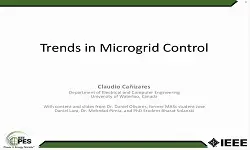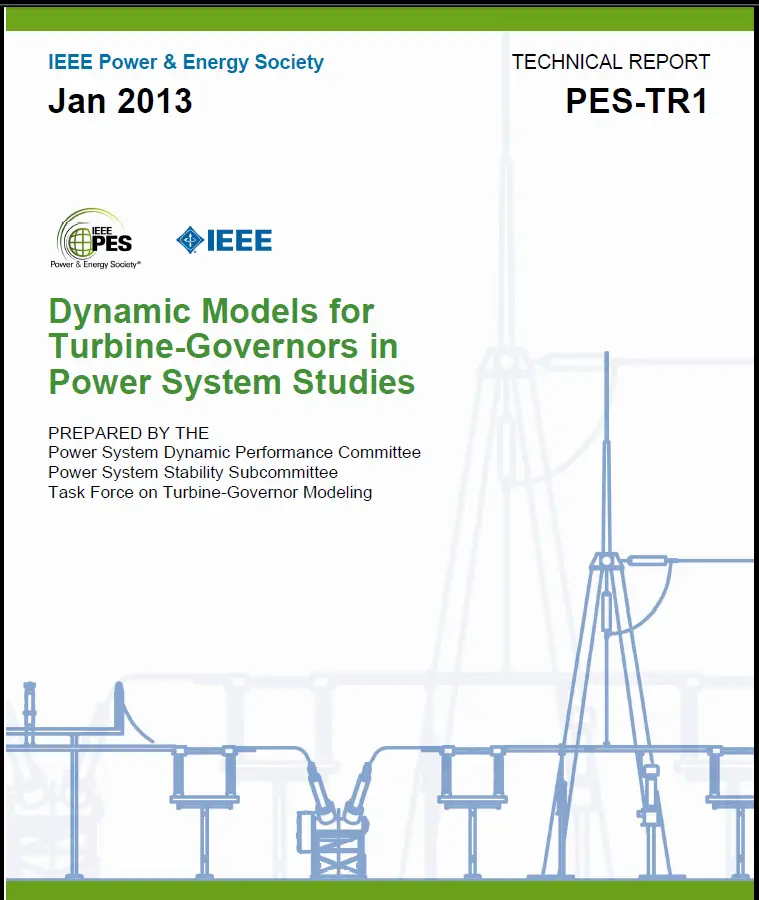Identification of Electromechanical Modes in Power Systems
Task Force on Identification of Electromechanical Modes
-
Members: FreePES
IEEE Members: $45.00
Non-members: $70.00Pages/Slides: 283
29 Aug 2013
INTRODUCTION Authors: Juan Sanchez-Gasca and Daniel Trudnowski This special publication describes the mathematical background and the application of several modal identification methods used in the study of lightly damped electromechanical modes in power systems. The publication also includes a highly detailed survey on the assessment of the introduction, performance and usage of real-time modal estimation systems in practice. The report presents a current perspective on different modal identification methods, their analytical formulations, and their application to elementary examples and to practical scenarios. The objective of the document is to provide a compendium of information regarding the theory and application of modal identification techniques in power systems. The report is intended as a reference for a broad audience including newcomers into the field of system identification in power systems as well as more experienced readers. For neophytes the document provides an overall view of techniques currently in use. For more experienced users with a background in a particular type of identification methods, the document provides descriptions of different types of analyses and new trends of investigation. The identification methods covered in the report have been used to compute the damping, frequency, and mode shapes associated with lightly damped electromechanical modes in a power system from time-domain data (as opposed to frequency response data). The provenance of the time-domain data may be either measurements or digital simulations. It is recognized that the application of these methods extends to other fields of analysis where knowledge of the modal content is relevant; however, this document is confined to power system applications. Several modern power-system advances are making oscillations a more wide-spread concern. High-gain fast-acting excitation systems and higher bandwidth speed governor systems are well-known for reducing damping torque contributions from synchronous generators. Power System Stabilizer (PSS) control systems improve the damping; but, they often have limited controllability of the lower-frequency interarea modes. Larger power transfers across the grid often decrease the damping of the interarea modes. Also, the increasing use of renewable energy with uncontrolled prime-mover sources adds to the challenges of maintaining oscillatory stability. All of these issues are contributing to the decreasing oscillatory stability of many modern systems.
Primary Committee:
Power System Dynamic Performance

